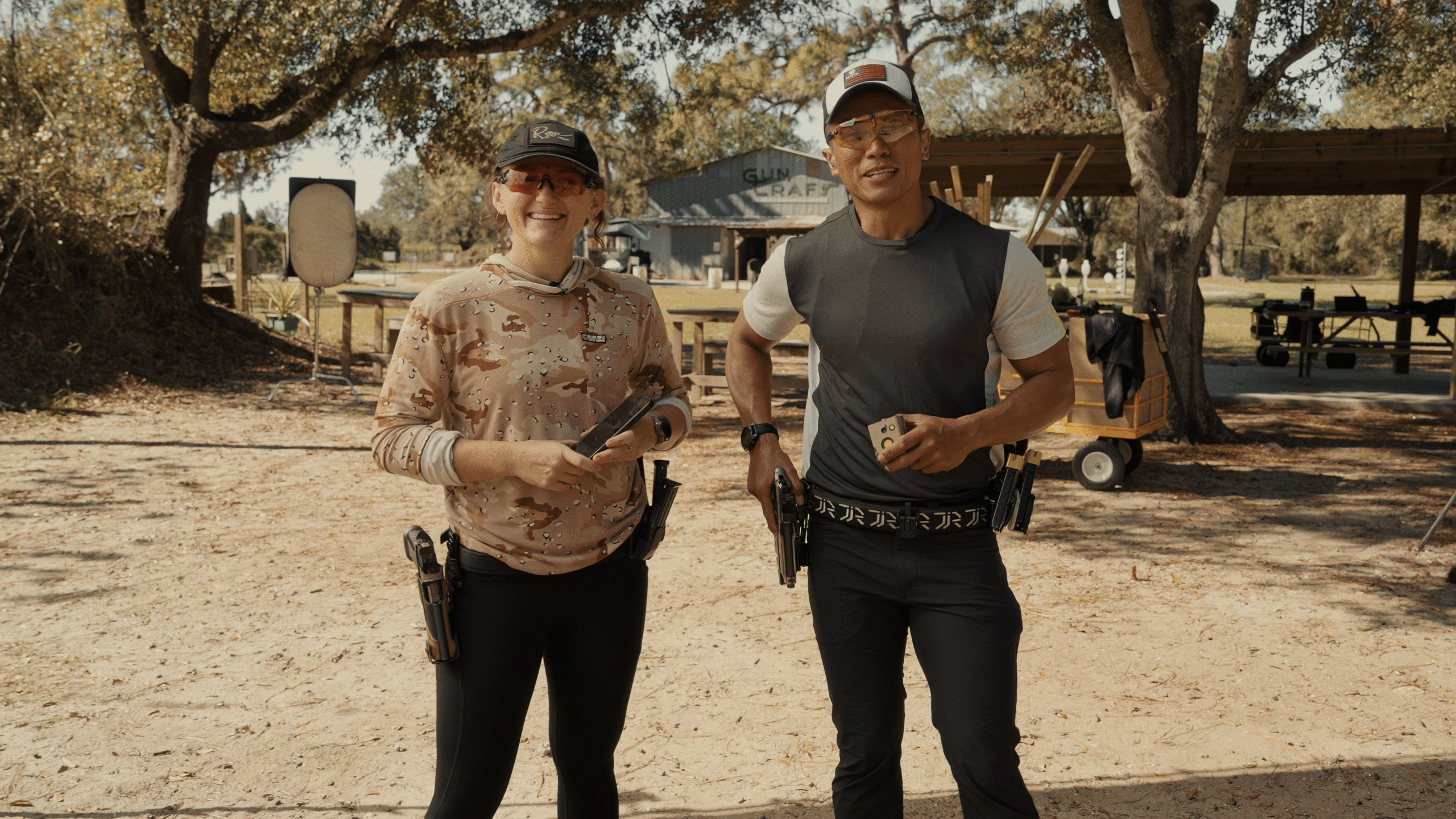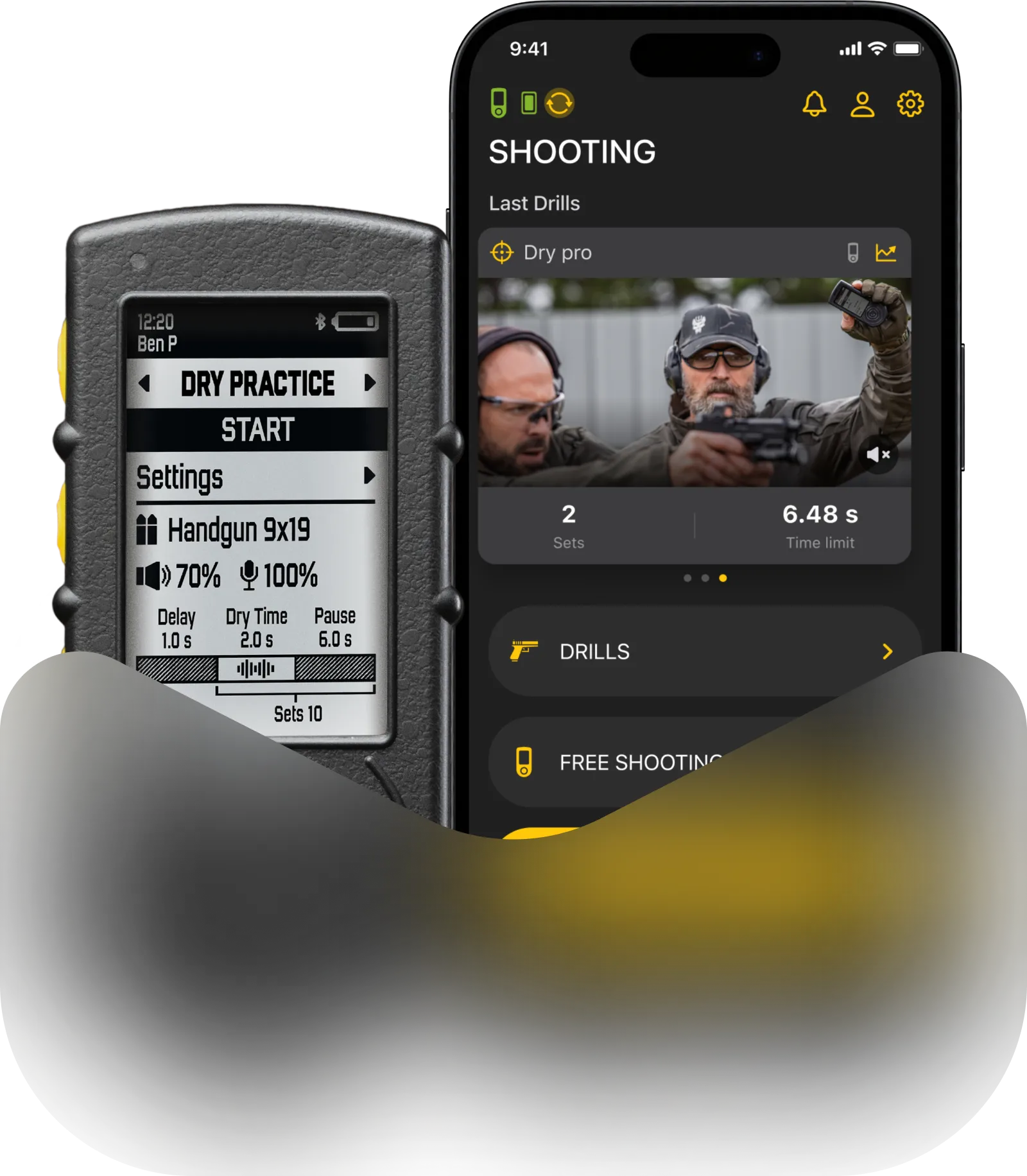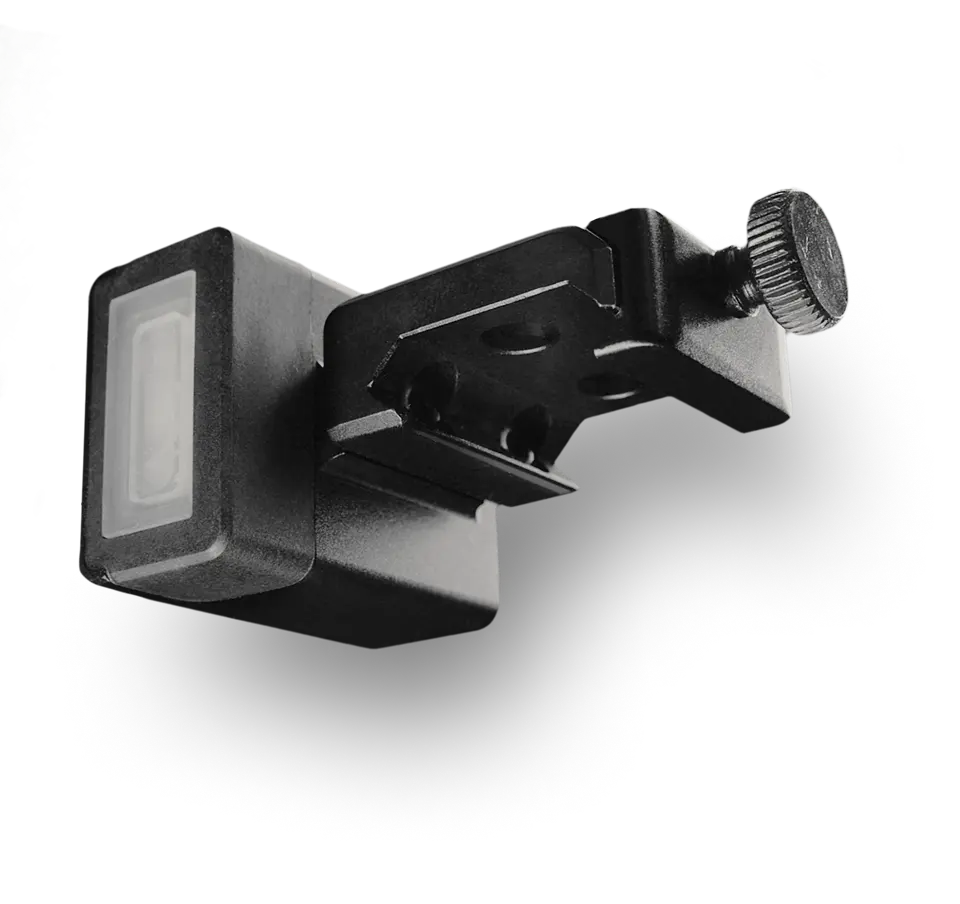In the weeks before a major competition, top shooters like JJ Racaza and Lena Miculek focus on shooting match training by running full-stage courses instead of isolated drills. Their goal is to replicate real match conditions and analyze performance using Match Mode in the Shooters Global Drills App.
“This is our style of training one to two weeks out from competition,” explains JJ. “We’re going to be tracking our progress through Match Mode — not just time, but hits, so we stay accountable for our hit factor.”
Lena agrees: “I’m ready. Let’s hop into it.”
⬇️ Watch the full training video below.
Simulating a Match Day Training
JJ and Lena demonstrate how they simulate a training day just before a competition. They’ve set up one stage with walls and random targets, but with three different configurations they’ll shoot through — moving from one to the next just like in a real match.
“We’re in Match Mode — we’ll shoot each stage once or twice, then move on to the next, simulating a match,” explains JJ.
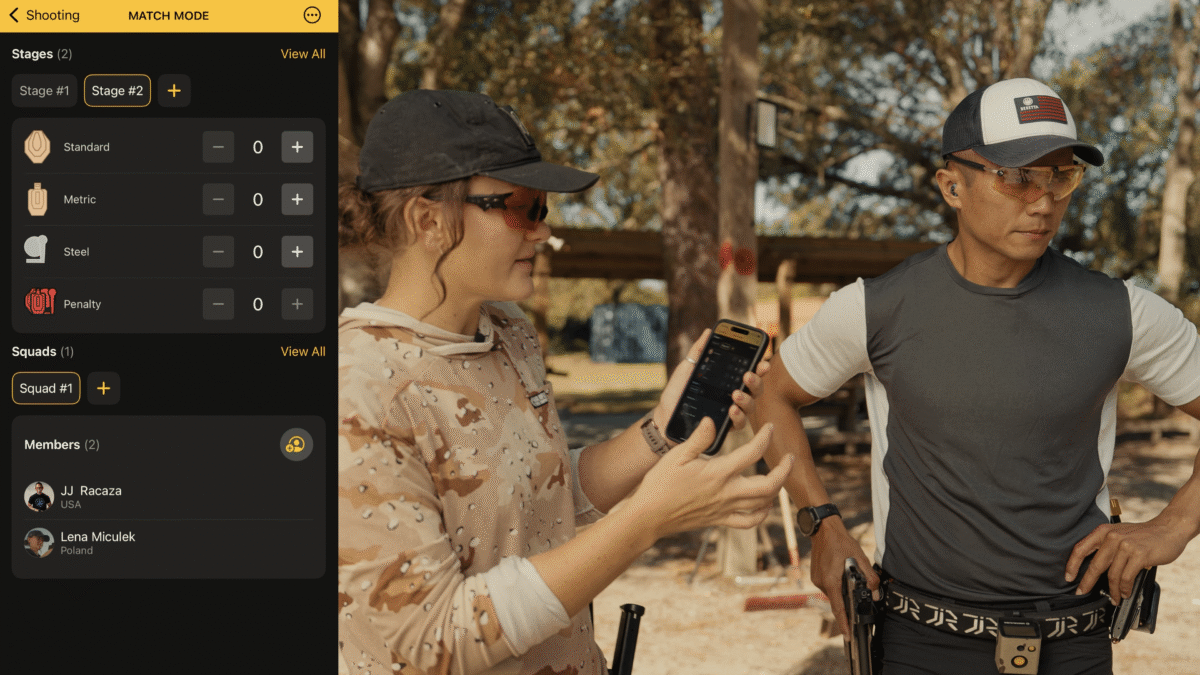
Lena adds that using the Drills app, you can build multiple courses of fire and track different variations. “I’ve got Stage One set up with four paper targets and two steel. That completes our first configuration.”
The focus is on efficiency — maximizing range time without constantly resetting targets, while testing all the skill sets needed for the upcoming match. “This is our opportunity to work on execution and mindset — to simulate what we’d face in a real match so nothing catches us off guard,” JJ says.
He also points out that this is Lena’s walkthrough and her first run of the day. “We haven’t shot anything yet, so she has to flip the switch and get it right off the bat.
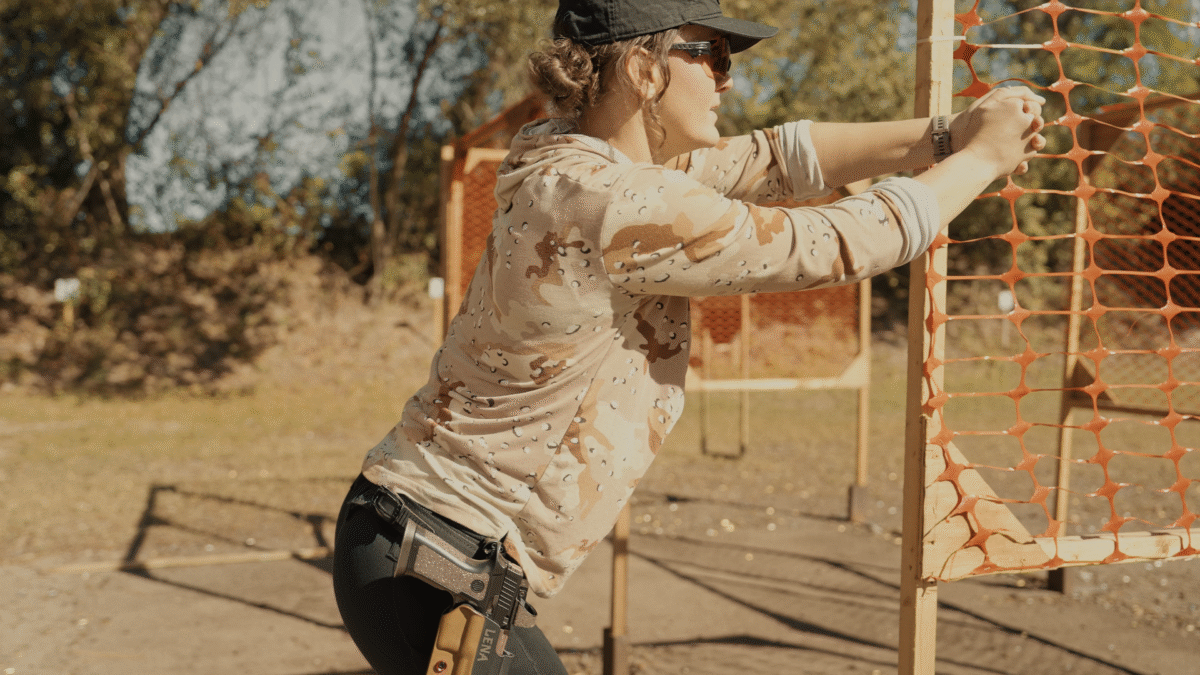
That’s what makes this real — it’s on camera, and this is how training should be. In a match, you’re chatting with people, then suddenly it’s your turn — and you have to turn on your killer instinct. That’s what Lena’s doing right now.”
Stage 1 — Match Mode Runs & Debrief
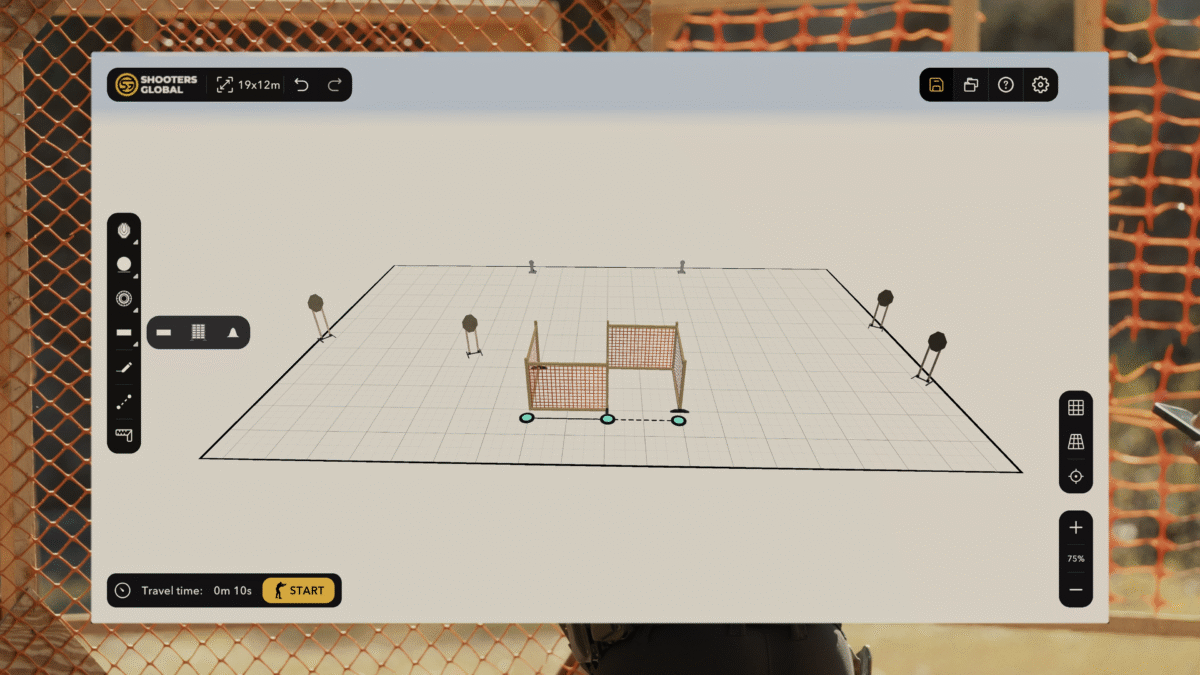
Lena’s Run
Lena starts strong:
“You go straight into sniper mode — aiming for alphas on partials.”
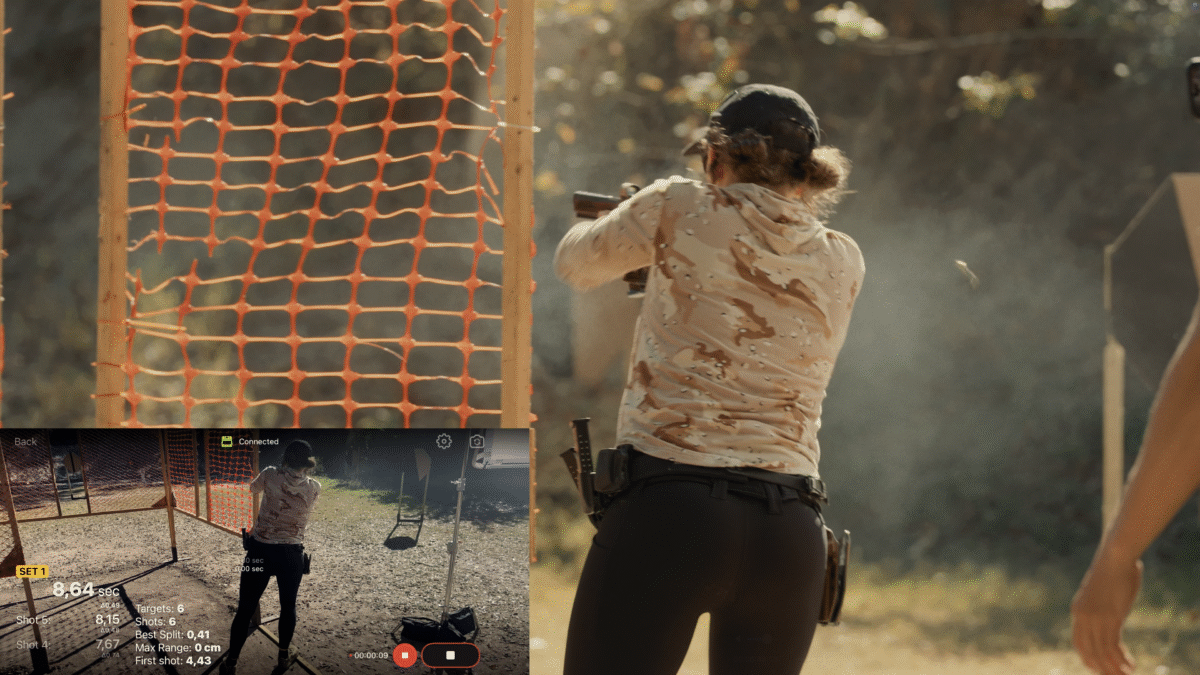
She takes necessary makeup shots and emphasizes doing a mental debrief before walking to the targets:
“If you rush to see the outcome, you lose the process that got you there.”
She talks about the importance of calling your shots — the main difference between amateurs and pros. Her focus is control, not speed, as she hasn’t shot handgun in months. While this session was part of their broader shooting match training, she highlights good movement and a clean entry but admits her draw was weak.
JJ adds:
“Closer to a match, you can’t get faster — better to focus on execution.”
They confirm mostly alphas, with just one Charlie.
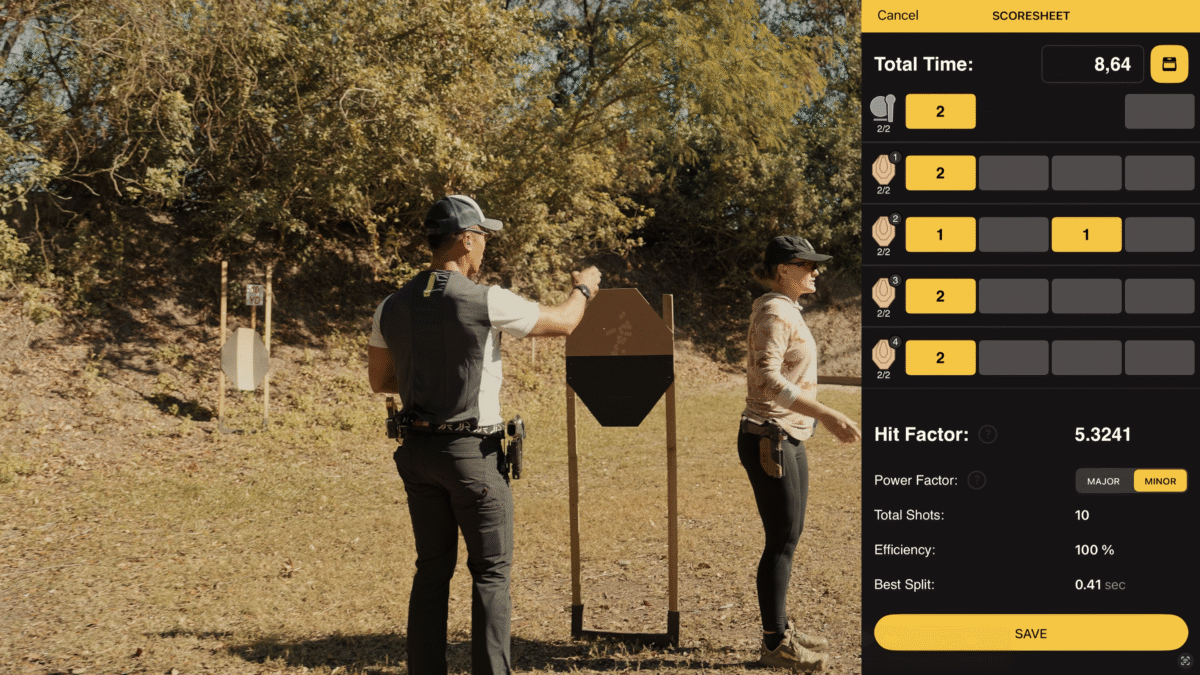
JJ’s Run
JJ shoots a 7.12. He attempts to enter and shoot on the move — intentionally pushing his limits. That approach leads to a few Charlies due to unsettled footwork and overcorrecting on a partial.
“I was still settling my body and gun — I traded movement efficiency for stability.”
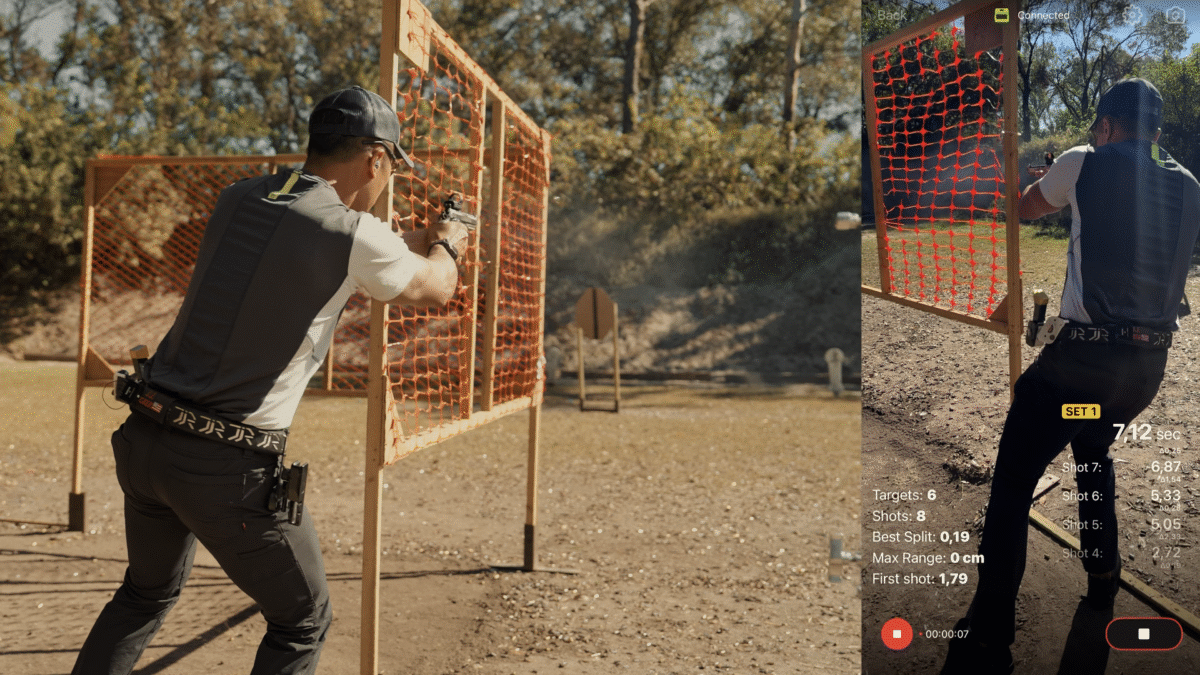
He admits to shooting the popper before he was fully settled, thinking about a previous bad shot:
“I need to stay present — not bounce between what just happened and what’s next.”
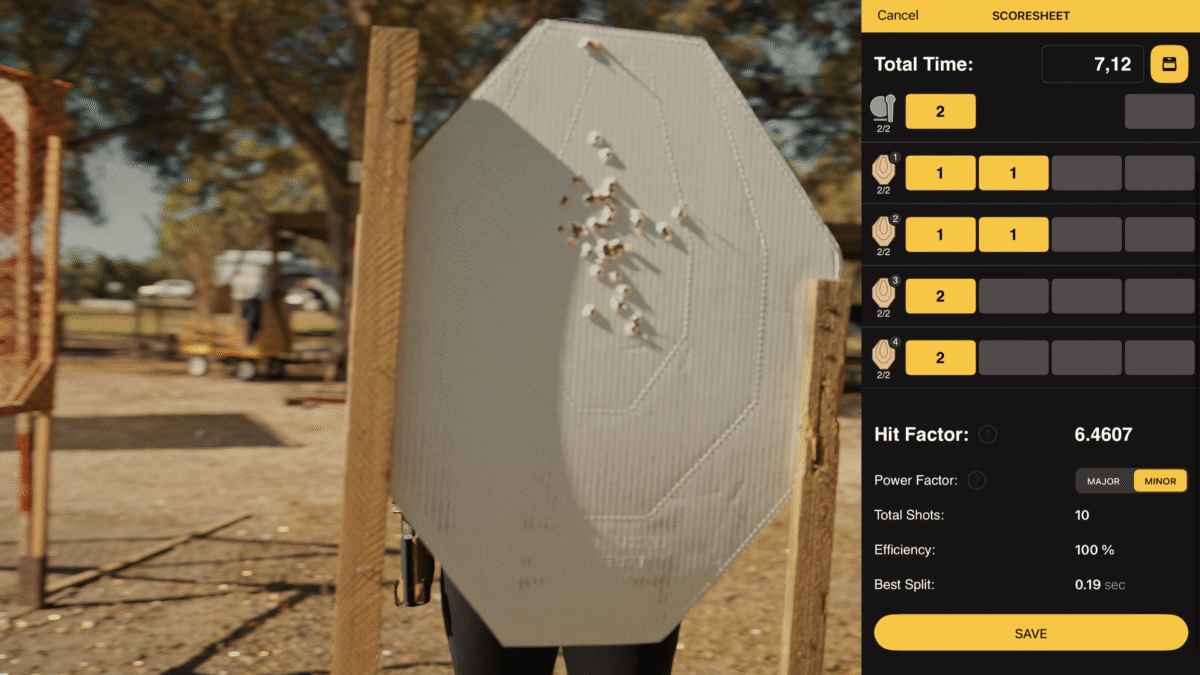
Final score: Alpha-Charlie, a couple of Charlies, but mostly solid hits. Lena praises the performance and hit factor of 6.46.
Stage 2 — Focused Execution & Mental Discipline
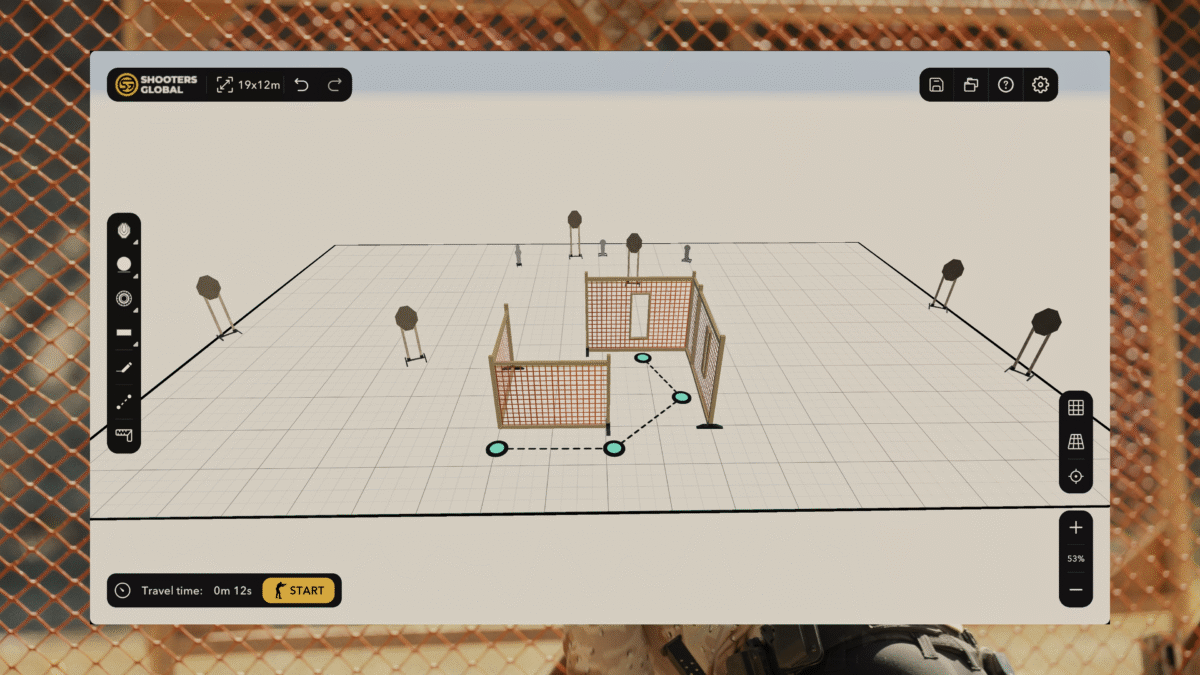
Lena runs Stage 2
Lena steps up for Stage 2 and executes with precision.
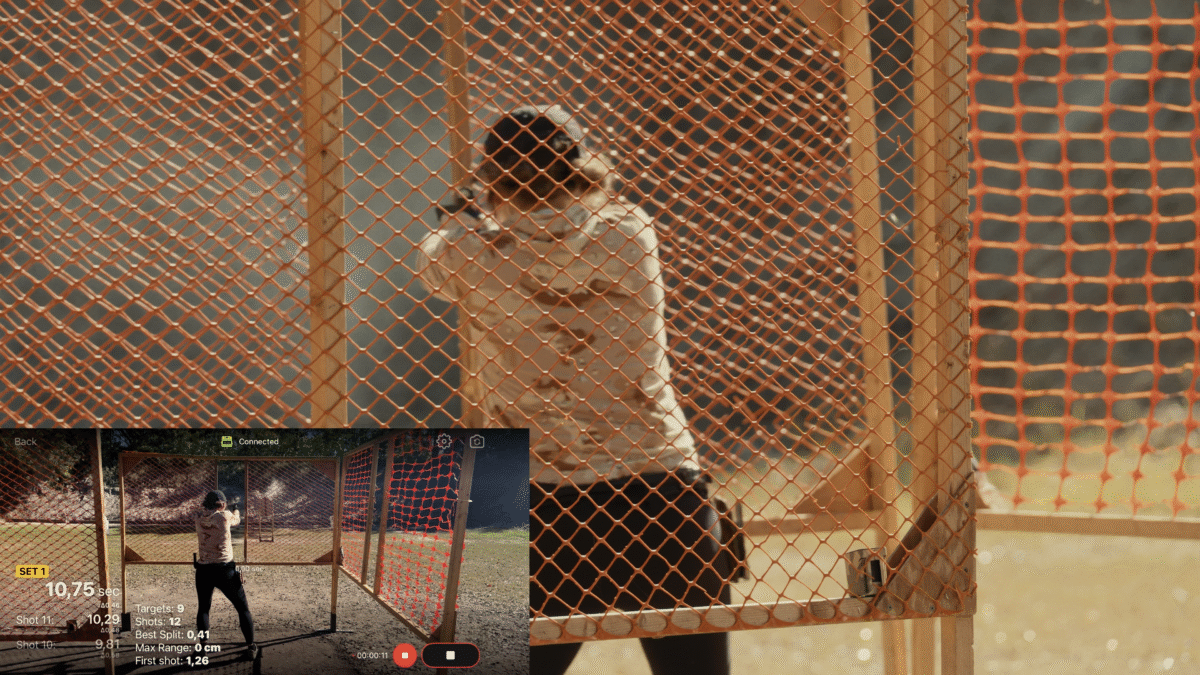
JJ’s Commentary:
“Someone once asked me, ‘What’s one thing you learned that you wish you could unlearn?’
It hit me hard — and I realized: I wish I could unlearn how to rush.”
JJ praises Lena for doing the exact opposite:
“She can stop the mental rush.
She’s not chasing alphas — she’s just shooting clean, focused shots.
She’s not trying to impress anyone — she’s executing.”
He contrasts it with his own aggression:
“I figured out how to be fast, how to attack…
But turning that off? That’s hard.
Lena’s control is what really impresses me.”
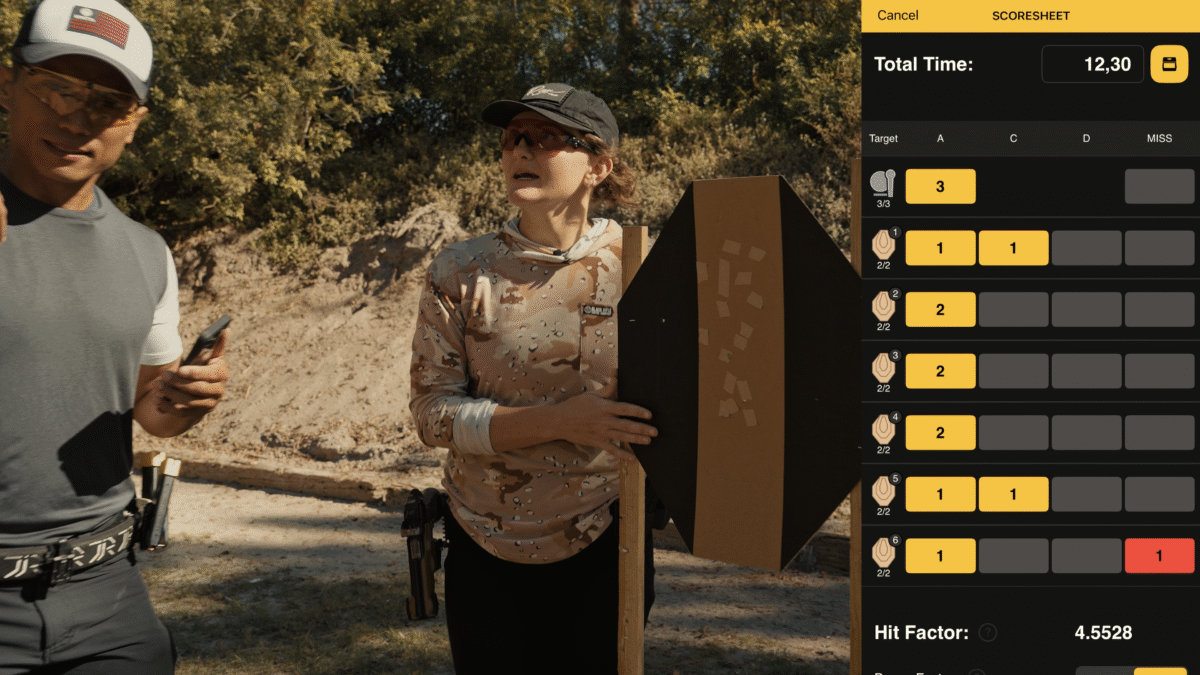
Lena reflects on a bad shot:
“The only truly bad shots are the ones you can’t call.
And I didn’t see that one — which is disturbing.”
She attributes it to poor mental prep and outlines her fix:
🧠 Build a walkthrough that focuses not just on position, but confidence
🧍♀️ Know how the body should flow through the stage
📋 Create a plan that’s structured, not just reactive
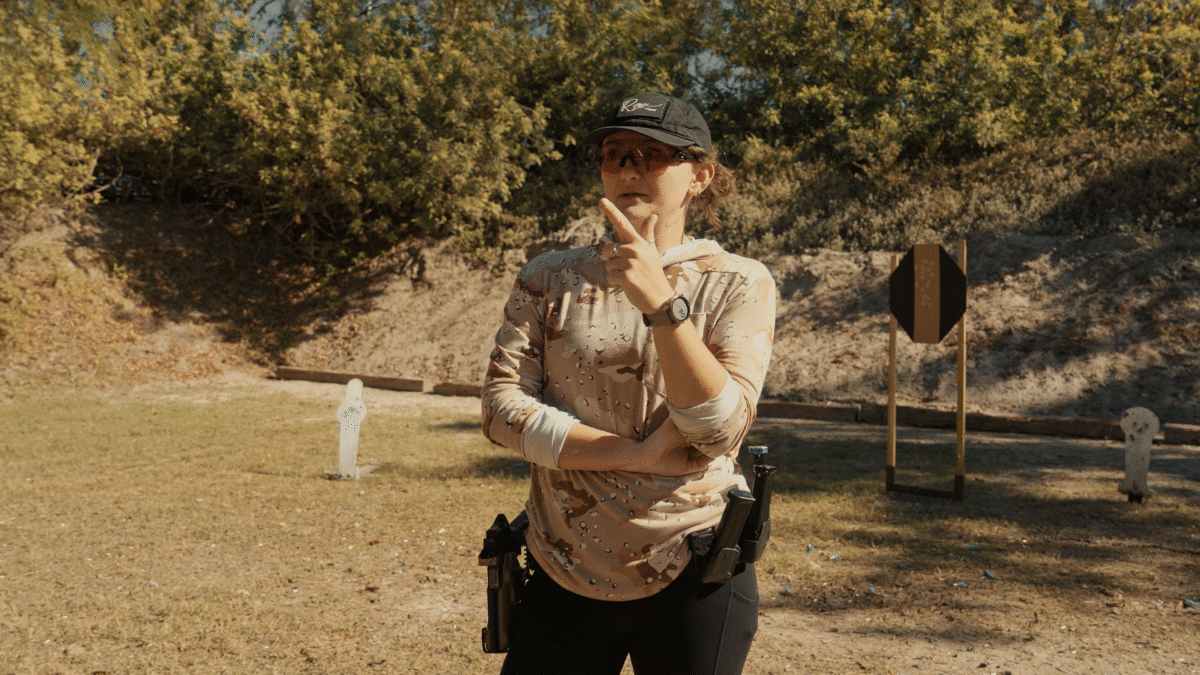
“In a match, I’d be upset — not because of the miss, but because I didn’t see the miss.”
JJ runs Stage 2
JJ follows with his run. “My first thought: I’m starting on a double-action shot — and on a zebra target.
That demands control.”
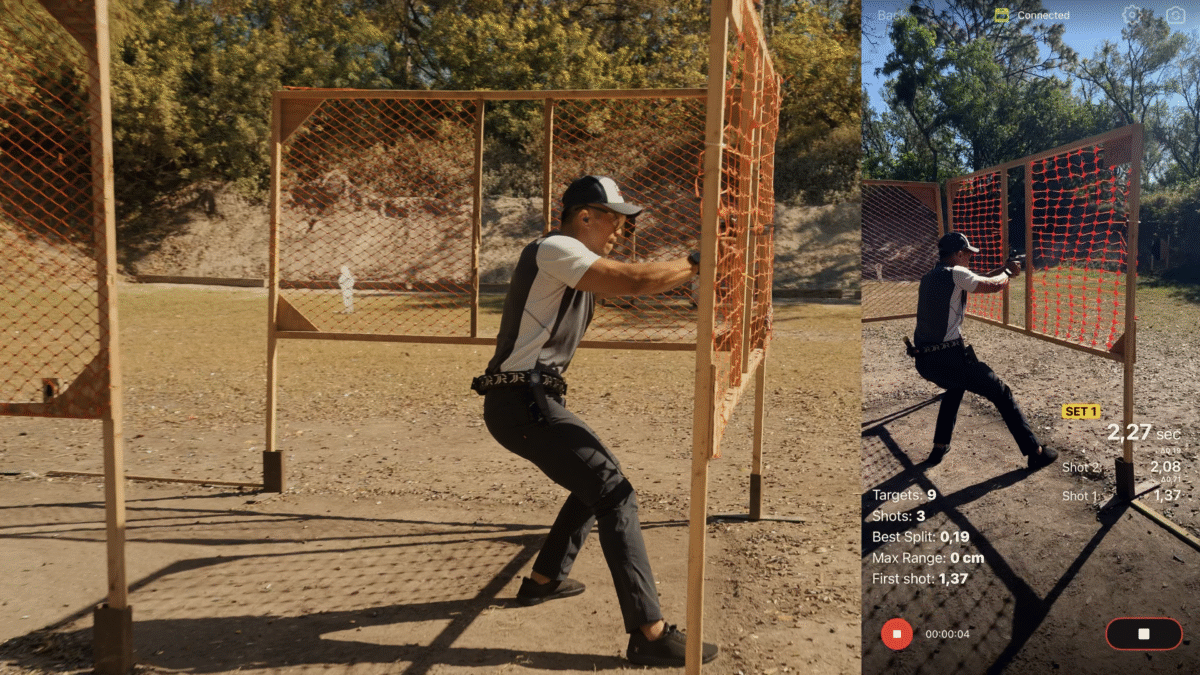
He uses it to test himself:
“My brain likes to leave the position before the shot is done.
I picked this setup to force myself to stay present.”
Still, some issues reappear:
🟡 Leaving too early on transitions
🟡 Shooting on the move with a blurry sight picture
He recalls a key lesson from Lena’s dad:
“If you see a blurry sight picture… expect blurry results.”
And that’s exactly what happened.
Stage 3 — When Focus Slips

Lena runs Stage 3
Lena described this run as her weakest so far — not tactically, but in terms of shooting focus.
🔹 On the tuxedo target in the back, she made a fundamental mistake by aiming at the target as a whole instead of a precise spot. Her dot never settled, and she fought it the entire way through.
🎯 She admitted that she didn’t demand precision — and it clearly showed.
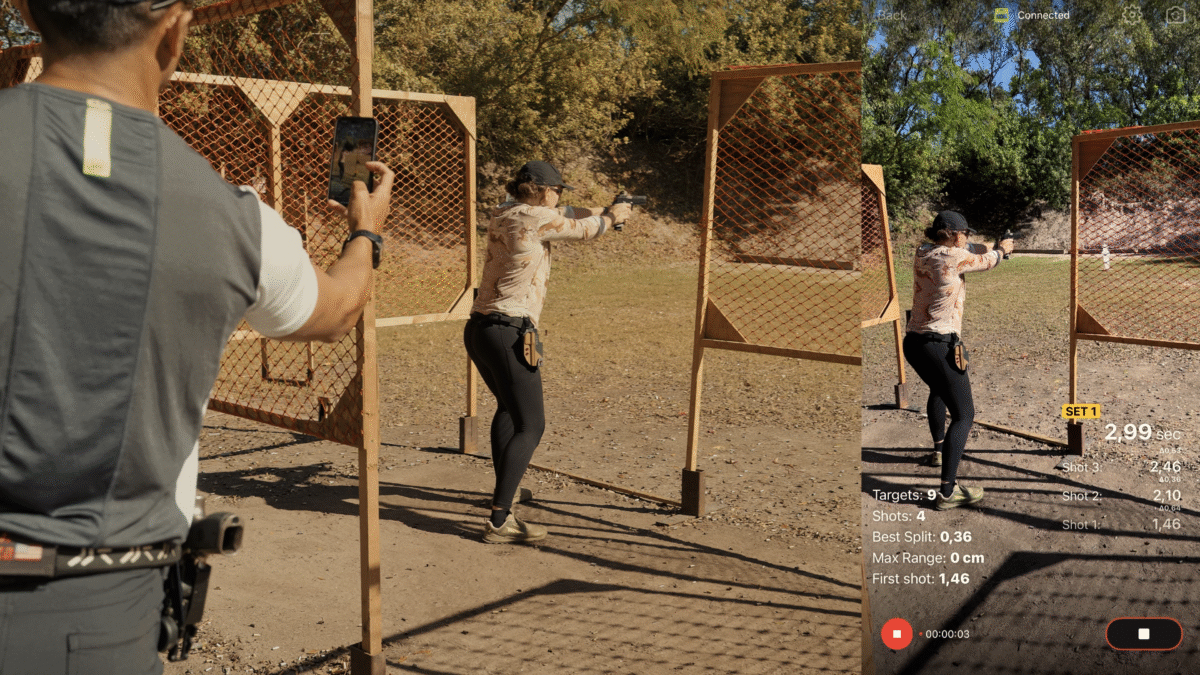
Later in the stage, especially on the right side, she started calling too many Charlies. She wasn’t locked in on hitting alphas; she was just pulling the trigger.
Mid-run, she realized the mindset had slipped into 3-Gun mode — fast shooting over accuracy — and by the time she tried to correct it, it was already too late.
In the debrief, she acknowledged that although she knows how to shift mental gears, this time she didn’t. The intention was there, but somewhere mid-stage, the focus flipped back to “just shoot cardboard.”
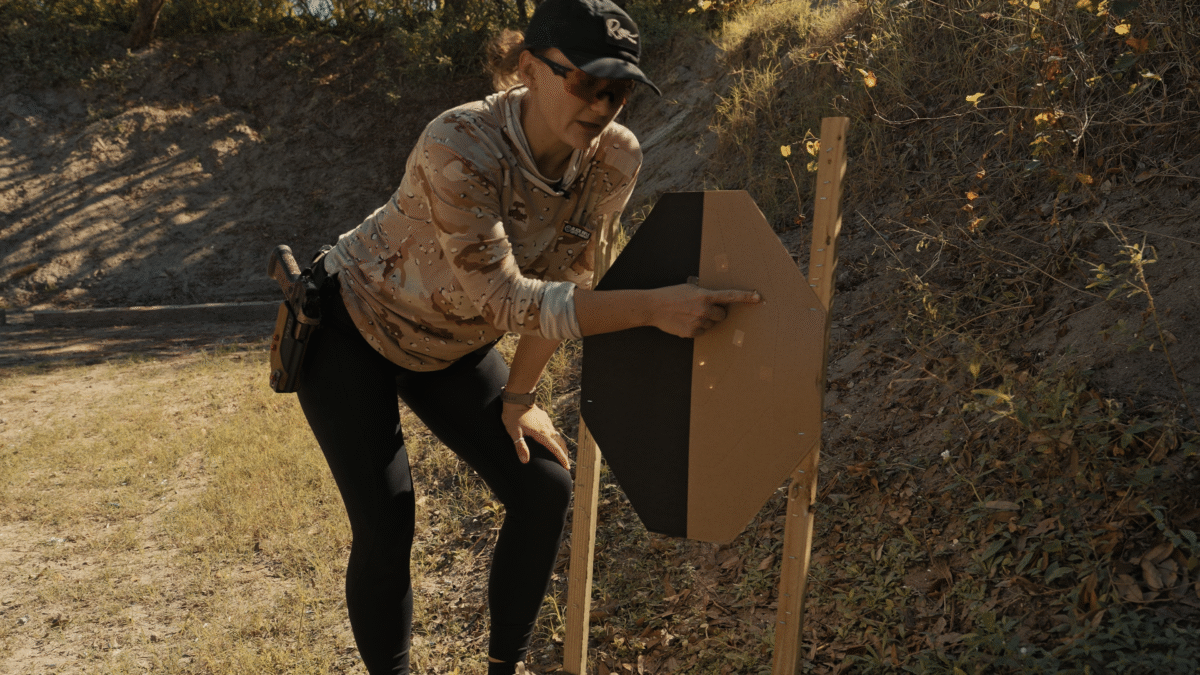
JJ’s Stage 3 Breakdown
“You can’t outrun your misses.”
JJ entered Stage 3 with full awareness of the key challenge:
“During the walkthrough, I literally told myself: This spot — stay present.”
The first shot? Perfect.
But immediately after it broke, he started to move — before the follow-through was complete.
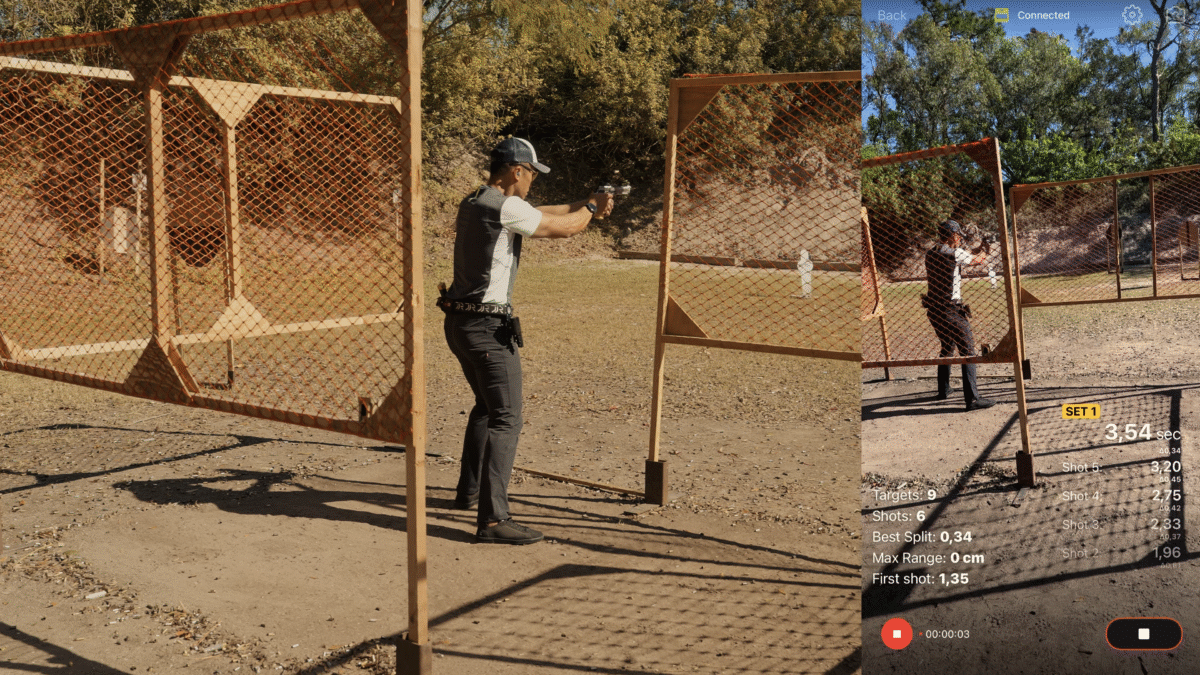
🧠 That’s when the mental breakdown started.
“I threw four rushed shots at the final zebra. They were fast — but speed doesn’t save poor hits.”
💥 Final tally:
- ❌ 1 Charlie
- ❌ 1 Miss
“Well — we each got our miss in for the day.” ☠️
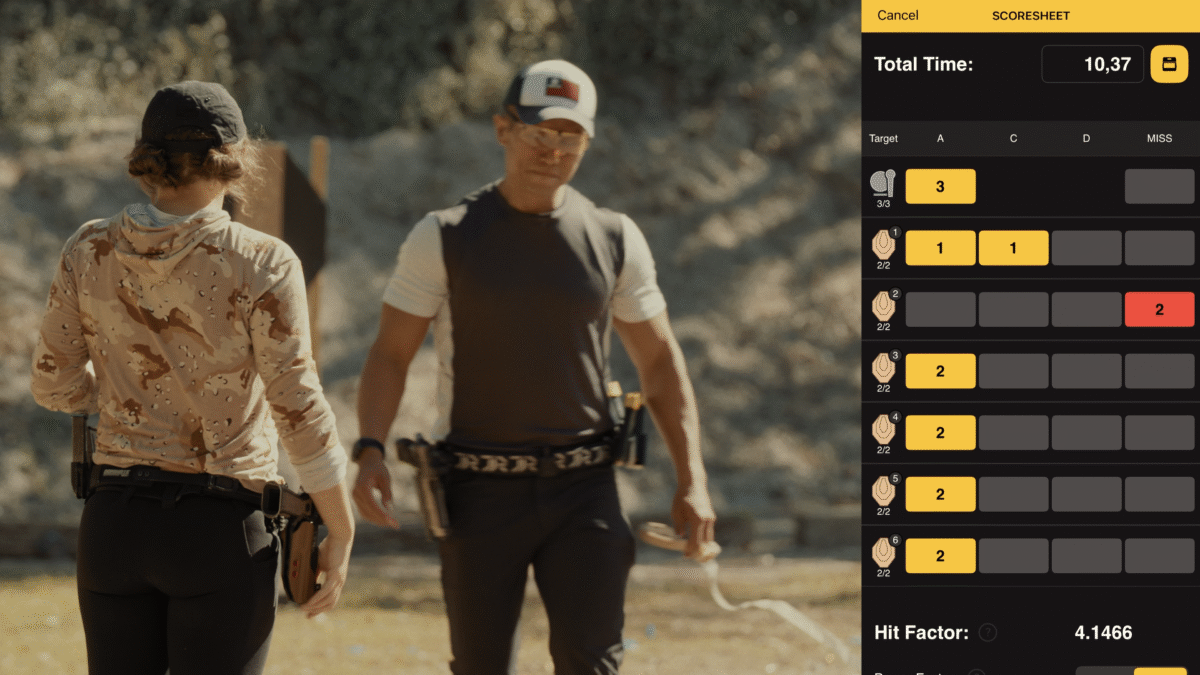
Post-Stage Reflection: The Cost of Mistakes
“In training, it’s bad. In a match — it’s catastrophic.”
One penalty over 18 stages?
✅ Tolerable.
Two penalties in one stage?
💣 That’s already 30 points gone.
“You’ve just dug yourself into a hole.”
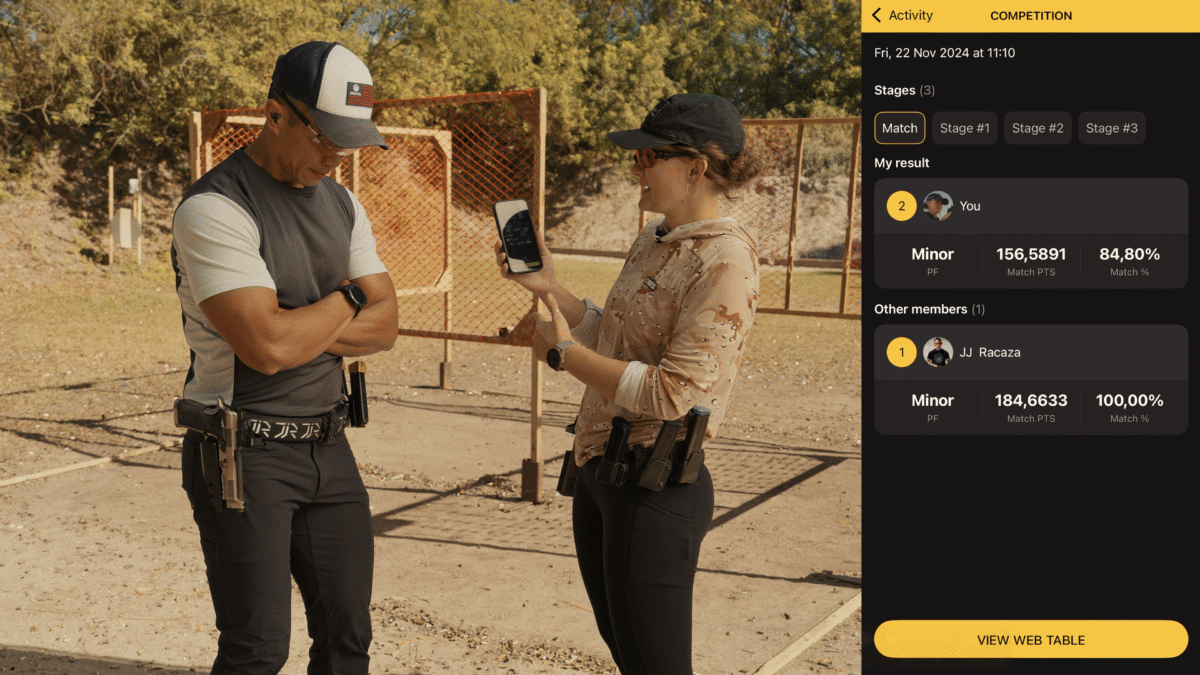
JJ emphasizes the danger of spiraling:
“If we had 5 or 18 more stages that day — I’d need a total mental reset to stop the momentum.”
That’s why training in match mode matters:
“I’m not allowed to make that mistake again.”
“I’d rerun the stage. Over and over. Especially the part where I try to leave too early.
Until I clean it up.”
Tips for Smarter Training
✔️ Build one solid stage — then shoot it from different angles or plans.
✔️ Track hit factor, not just time. Speed means nothing if you’re dropping points.
✔️ Use video to analyze and share both wins and lessons.
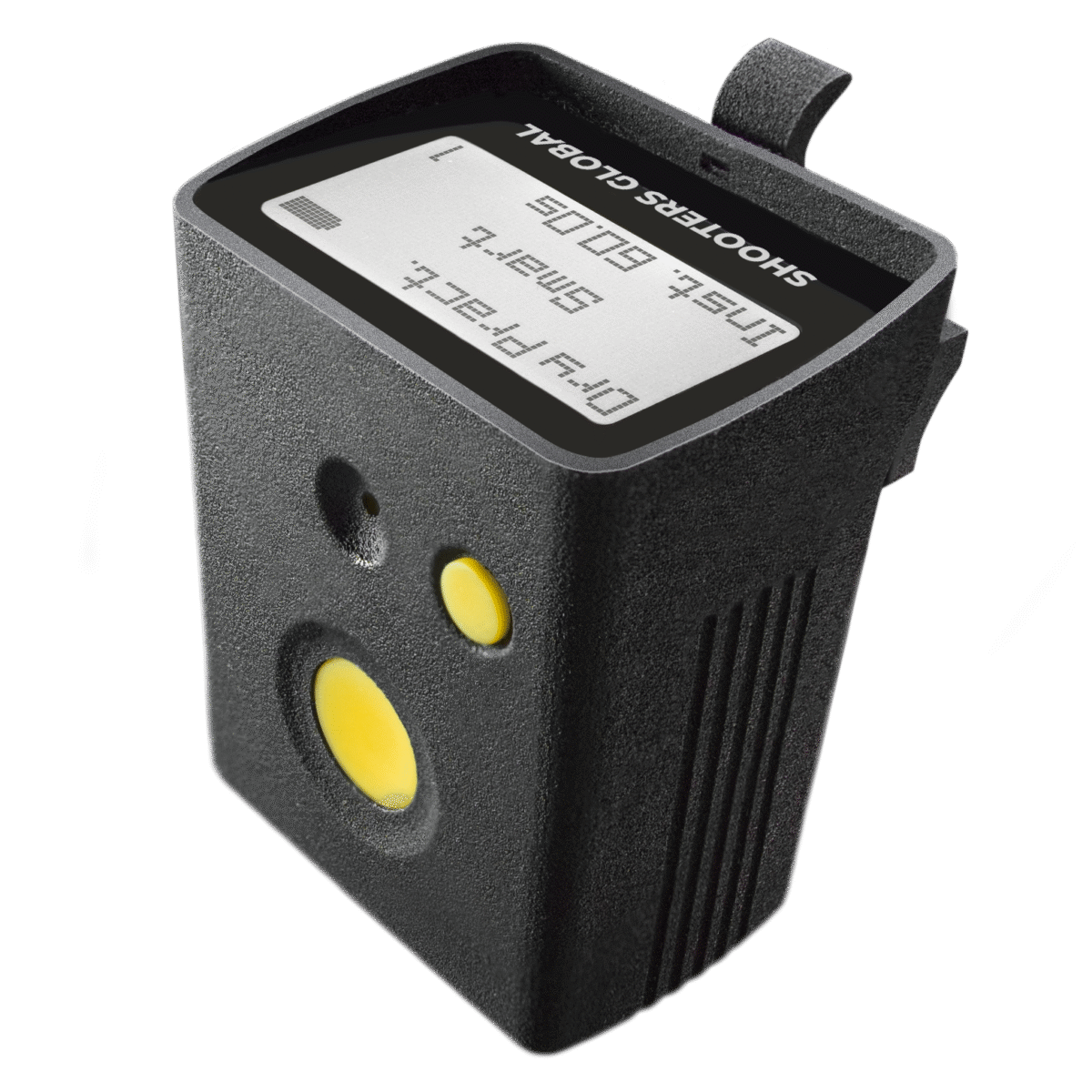
For this session, we used the SG Timer GO in full Match Mode via the Drills App — it recorded every stage, calculated combined scores, and saved video replays ready to share.
Before we even stepped on the range, all stages for our shooting match training were built using SG Stage Builder 2.0 — our 3D design tool for shooters and match organizers.
📱 From planning to execution, everything was synced and streamlined.
JJ took the win (congrats, champ 🏆), I placed second — and left with a full list of things to sharpen before the next match.
That’s how we prep.
That’s how we grow.
Train like it’s the match — match like you trained.
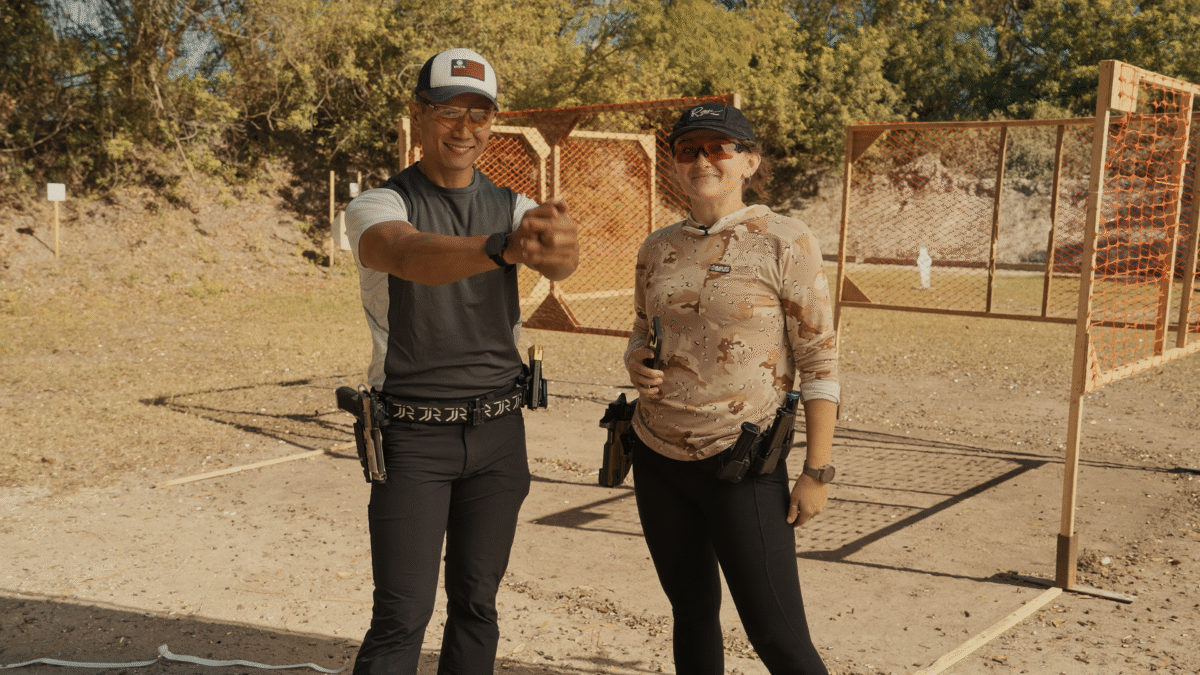
Tags: Drills app, 3Gun, jj racaza, sg timer, SG Timer 2, Shooters global, shooting timer, shot timer, Lena Miculek, stage builder for shooters , match training,

